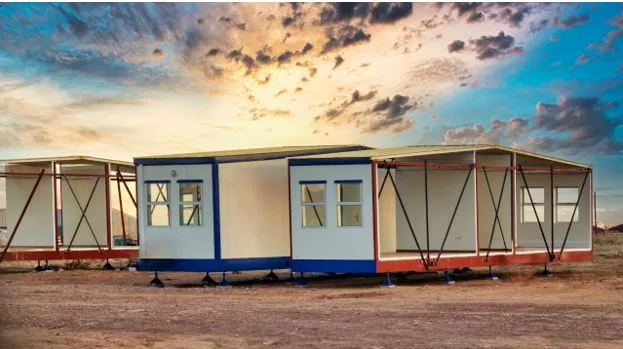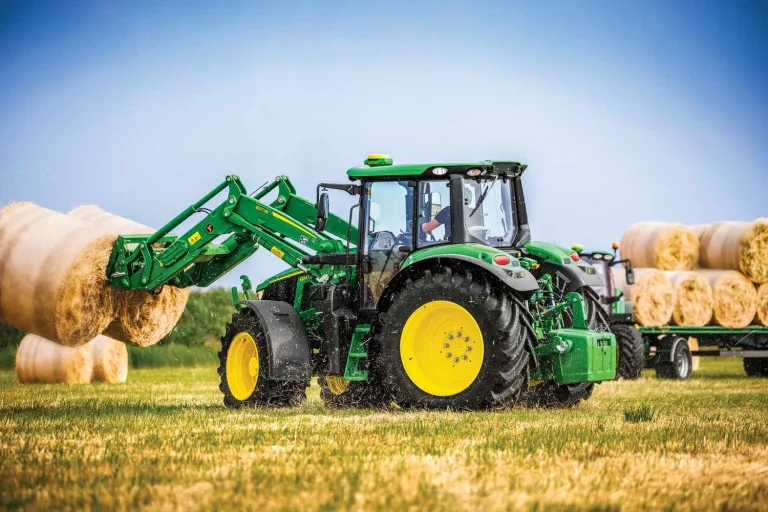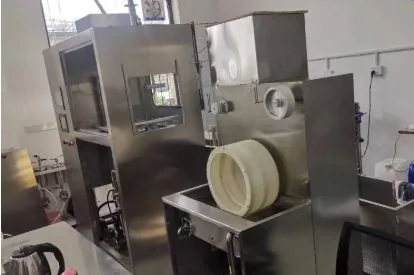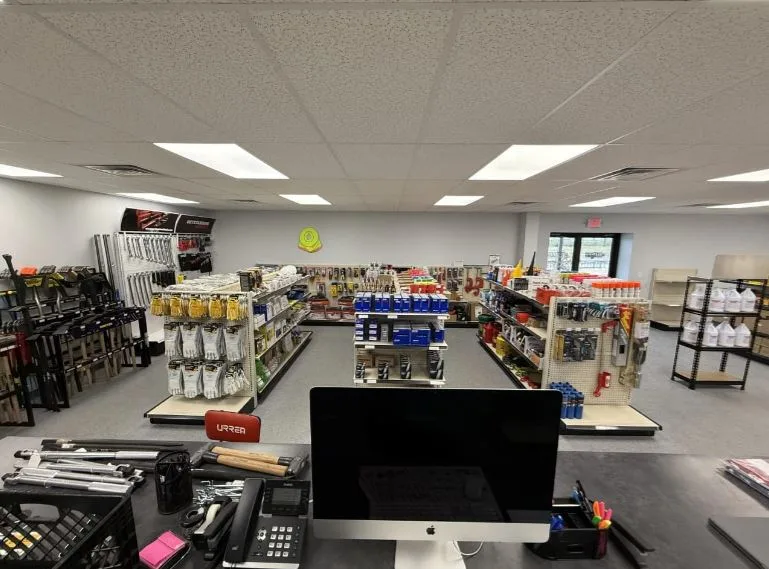How Modern Warehouses Are Adapting to Smarter, Safer Equipment
Warehouses have quietly evolved into the nerve centers of global business. Every product you order, every delivery you receive, passes through a system of machines, shelves, and operators working in sync. Behind the scenes, forklifts and warehouse equipment form the backbone of this operation. As demand increases for faster shipping and safer workplaces, modern warehouses are finding new ways to adapt through smarter technology and better design.
For decades, forklifts have been essential in moving goods efficiently. Today, their role is changing as industries look for safer, cleaner, and more versatile machines. Many facilities are updating old fleets with electric models that cut emissions and reduce noise, which creates a better environment for workers. Businesses that want flexibility are also turning to rentals. Choosing a short-term or seasonal rental lets companies test new models and handle higher demand without making a large investment. You can see how this works in practice through Power Machinery Center’s options for forklift rentals, which allow teams to adjust equipment use as operations grow or shift.
In places like Bakersfield, where agriculture, logistics, and manufacturing all intersect, forklifts are more than just tools—they’re productivity partners. The city’s warehouses range from small storage units to massive distribution centers, each with unique challenges. Equipment that fits one facility might be inefficient in another. That’s why finding the right match matters. A rough-terrain forklift that works well outdoors might be too large or loud for indoor use, while electric units are ideal for quiet, enclosed environments. Businesses exploring options for a forklift for sale in Bakersfield can find models suited to their specific workspace, whether they need compact designs for narrow aisles or heavy-duty machines for outdoor loading areas.
One of the biggest shifts in modern warehousing is a focus on efficiency beyond equipment. Automation is becoming common, but humans remain the core of safe and effective operations. The best facilities now combine skilled operators, well-maintained machinery, and streamlined layouts. Good design cuts down on wasted movement, lowers accident risk, and increases output per hour. Even something as simple as the right floor plan or properly labeled inventory zones can make a major difference in productivity.
Technology also plays a growing role. Fleet management software helps track maintenance schedules, fuel use, and operator performance in real time. Instead of reacting to breakdowns, companies can prevent them. Predictive maintenance reduces downtime and extends equipment life, saving both time and money. Electric models are especially easy to manage since they require fewer parts and no engine oil, making them cleaner and more cost-effective in the long term.
Beyond machines, safety continues to be a major priority. Forklift operators must stay alert in busy environments where people and vehicles share space. Training programs, routine inspections, and proper signage reduce the chance of accidents. Companies that focus on safety not only protect workers but also improve morale and efficiency. Employees who feel confident in their environment tend to work faster and make fewer mistakes.
Warehouse solutions go far beyond forklifts alone. Racking systems, mezzanines, and material-handling carts all contribute to how smoothly a facility operates. When planned together, these elements create a cohesive system that supports growth without sacrificing safety. Businesses looking for guidance on improving layout, storage, or equipment flow can explore a variety of warehouse solutions in Bakersfield tailored to their industry. Whether optimizing an existing space or building from the ground up, good planning makes the difference between a chaotic workspace and a productive one.
Another trend shaping warehouses is sustainability. Energy efficiency is becoming a practical necessity rather than a marketing buzzword. Companies are switching to LED lighting, solar panels, and battery-powered equipment to reduce long-term costs. These changes not only benefit the environment but also attract clients and partners who value responsible operations. Cleaner equipment means cleaner air, and quieter machines improve working conditions for everyone inside the building.
As the logistics industry grows, so does the need for skilled operators. Warehousing jobs now require technical understanding, precision, and communication skills. Modern forklift training emphasizes both safety and adaptability, preparing workers to handle new technology as it enters the market. The industry continues to evolve, but the goal remains the same—to move goods efficiently, safely, and responsibly.
Power Machinery Center has seen these changes firsthand over decades of serving California’s business community. From forklifts and carts to complete warehouse systems, the company’s focus has always been on reliability and long-term performance. For businesses investing in updated facilities or expanding their fleets, the right equipment is no longer just about lifting power. It’s about creating workplaces that are safe, sustainable, and designed for the future.
The modern warehouse is a living system. Every component, from the forklift on the floor to the software tracking inventory, contributes to the whole. As technology advances and sustainability becomes a shared priority, warehouses will continue to evolve into smarter, safer, and more efficient spaces that quietly keep the world moving.






